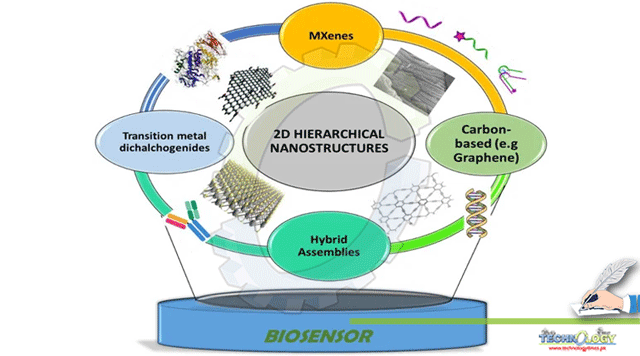Food safety is a major issue that affects people’s health on a worldwide platform Every year, unsafe food consumption makes millions of people sick or kills them.

By Saeed Ahmad, Jahangir Ahmed, Muhammad Uzair Aslam
The health and economical development of developing civilizations are horrifyingly threatened by the biological, chemical, and physical hazard of food. The research on foodborne infections, especially diarrhea in children, is widely available and only describes the increased disease burden brought on by foodborne sickness in undeveloped economies. Foodborne illness and food poisoning are becoming the serious issues of all over the world.
Severe health problems are brought on by problems with food safety in developing nations such as Pakistan. The most significant issue, diarrhea accounts for more than half of all food-borne illnesses worldwide, inflicting 550 million illnesses and 230,000 fatalities annually. Children are especially vulnerable to food-borne diarrheal infections, which cause 220 million illnesses and 96,000 fatalities each year. The cost of healthcare in Pakistan has been steadily rising. Pakistan spends 0.5 to 0.8% of its GDP, according to WHO. The total amount spent on health is still 145.97 billion, up 9% from the previous year.
In Pakistan, the presence of several pathogens in a variety of foods is common. Because there is no monitoring, surveillance, or infection control in Pakistan, precise estimates of foodborne infections are difficult to come by. Food manufacturers are under more pressure to meet consumer demands and regulatory requirements as a result of food safety challenges. After that, the firm must put in place a suitable food control system. Strict handling, monitoring ,testing and screening of foods are required at each stage of the supply chain.
The government has a serious difficulty as a result of the recent trend of increasing food adulteration. Governments around the world are redoubling their efforts to increase food safety in a timely and precise manner. Toxins, pollutants, allergies, and pathogens can all be detected using current standard protocols, but doing so requires expensive analytical equipment, trained workers, and lengthy sample preparation periods. Long analyses, pricey and complicated methods, and specialized people are limitations of conventional methodologies. Contaminants are detected using instruments including LCMS, GCMS, HPLC, FTIR, AAS, and NIRS, but there is a need for low-cost, continuous, precise, real-time, and quick contaminant detection technologies.
A biosensor is an effective instrument for achieving these needs. A biosensor is a device that generates a signal that may be measured proportionally to the amount of the target analyte. It often has a biological sensing component and measures signals resulting from biological interactions. The biological response is changed into an electrical signal by it. By offering a quick, extremely sensitive, dependable, non-destructive, label-free, inexpensive, and cost-effective detecting, it is an automatic technique that addresses the shortcomings. Biosensors can be classified as microbiological, electrochemical, optical, calorimetric, amperometric and potentiometric. The development of food safety tests has sped considerably. A growing number of developing technologies, including cellphones, 3D printing, artificial sensing, and the Internet of Things, have been combined with biosensor technology. Biosensors are becoming more common due to their various applications in the therapeutic, environmental, food-agricultural, forensic, and other domains. In the food, bioprocessing, and regulatory industries, there is great potential for the use of biosensors for monitoring and controlling of food quality and safety. In Pakistan there is very limited use of biosensor unfortunately.

Authors: Saeed Ahmad, Jahangir Ahmed, Muhammad Uzair Aslam